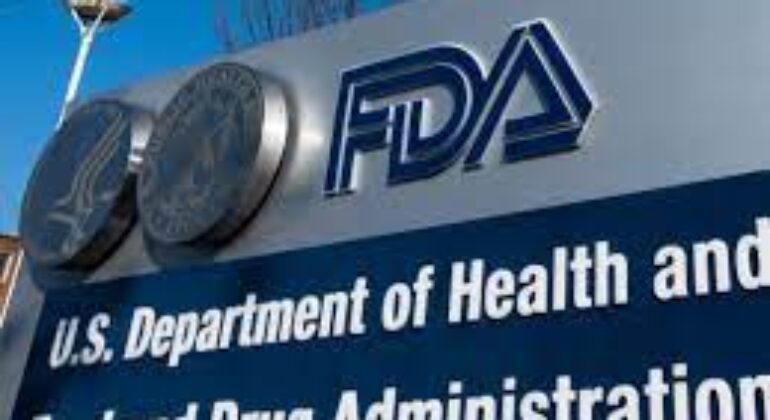Congressional Hearing Announced
Congress is seeking feedback on the FDA proposed regulation of laboratory-developed tests (LDTs).
This week, House Energy and Commerce Committee Chair Cathy McMorris Rodgers (R-WA) and Subcommittee on Health Chair Brett Guthrie (R-KY) announced a subcommittee hearing titled “Evaluating Approaches to Diagnostic Test Regulation and the Impact of the FDA’s Proposed Rule.”
There will be a hearing on March 21st, to address the issue that any “paradigm-shifting changes to the current regulations must come from Congress—not the Executive Branch.”
At the same time, U.S. Senator Bill Cassidy, M.D. (R-LA), ranking member of the Senate Health, Education, Labor, and Pensions (HELP) Committee, requested information from stakeholders on ways to improve regulation of clinical tests in the United States and has requested feedback by April 3, 2024 with a set of 10 questions regarding the FDA regulatory framework and 10 questions regarding the CLIA regulatory framework.
LDT Regulation
Patients rely on the results of diagnostics to detect detect, guide treatment decisions, and monitor a host of medical conditions and illnesses. Currently, the FDA and CMS together provide oversight to help assure the accuracy of test results
— CMS regulates laboratories that develop tests and perform testing on individuals in the U.S. through the Clinical Laboratory Improvement Amendments of 1988 (CLIA) by establishing quality standards for all laboratory testing to help ensure the accuracy, reliability and timeliness of patient test results
— the FDA regulates In Vitro Diagnostic (IVD) tests that are distributed directly to consumers or used by multiple providers outside a single laboratory as medical devices.
The proposed regulation would phase out the current enforcement discretion approach by the FDA for LDT oversight. The FDA would classify over the course of five years in vitro diagnostics (IVDs) offered as LDTs as Class I, II, or III medical devices depending on risk to patients.
FDA has imitated this type of regulatory plan before, but now has finalized the rule and established a an abitious timeline as follows:
- Stage 1: End the general enforcement discretion approach with respect to MDR (Medical Device Reporting) requirements and correction and removal reporting requirements 1 year after FDA publishes a final phaseout policy, which FDA intends to issue in the preamble of the final rule.
- Stage 2: End the general enforcement discretion approach with respect to requirements other than MDR, correction and removal reporting, QS (Quality System), and premarket review requirements 2 years after FDA publishes a final phaseout policy.
- Stage 3: End the general enforcement discretion approach with respect to QS requirements 3 years after FDA publishes a final phaseout policy.
- Stage 4: End the general enforcement discretion approach with respect to premarket review requirements for high-risk IVDs 3 1/2 years after FDA publishes a final phaseout policy, but not before October 1, 2027.
- Stage 5: End the general enforcement discretion approach with respect to premarket review requirements for moderate risk and low risk IVDs (that require premarket submissions) 4 years after FDA publishes a final phaseout policy, but not before April 1, 2028.
Call for More Feedback
Previously the FDA received more than 6000 comments published online both for an against the rule. Laboratory and provider groups, have been almost uniformly against the rule in their comments and clearly feel the FDA plan has not adequately ensured that patient access to diagnostic testing is not impacted.
- Overwhelming opposition from entities ranging from individual laboratory scientists and physicians to independent, hospital, and public health labs to industry and physician groups including: the American Clinical Laboratory Association (ACLA), the National Independent Laboratory Association (NILA), the American Hospital Association (AHA), and the American Medical Association (AMA).
- College of American Pathologists (CAP) urges significant changes in the regulation including feedback that LDT’s offered prior to the rule’s enactment, LDTs interpreted by a pathologist, and tests developed for local communities should be exempted
- Coalition for 21st Century Medicine comments highlights significant concerns that potentially over burdensome requirements could chill the development of innovative diagnostics, and the finalizing the guidance without substantial changes and public content would create regulator uncertainty
- Yale School of Medicine believes that the ruling on laboratory tests could have unintended consequences
What’s Next
If the proposed rule moves forward as written, the FDA also could face a bottleneck of submissions, because the rule lacks an exemption for legacy tests. The FDA projects that about 80,000 LDTs currently on the market and nearly 8,000 new LDTs introduced each year would be affected by the rule.
Now that Congress is taking on the issue, and there will likely be court action addressing FDA’s potential overstep of their role, unlikely the path to new LDT regulation will play out quickly.

